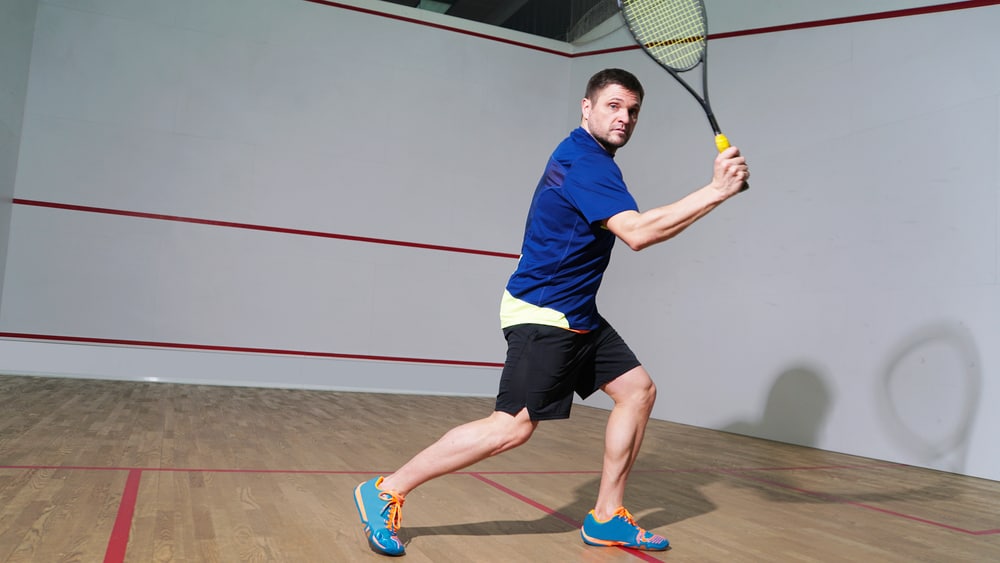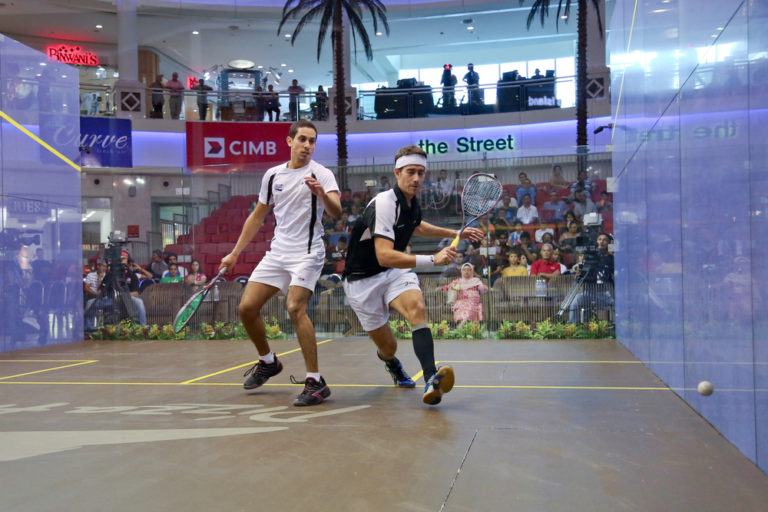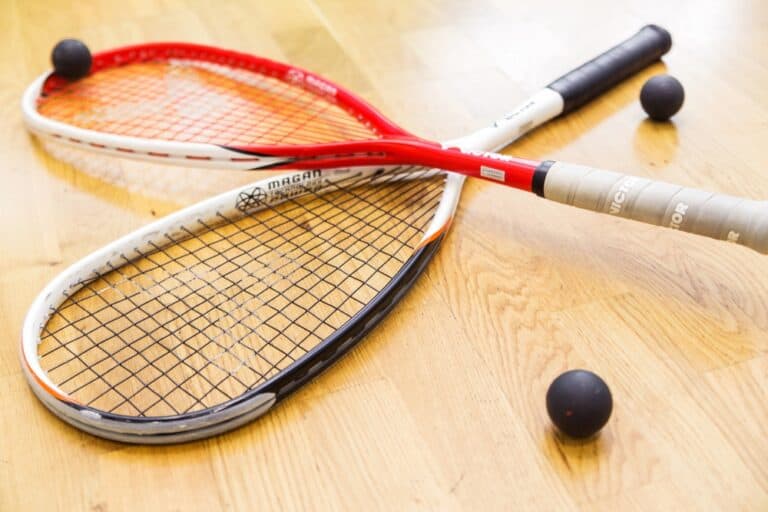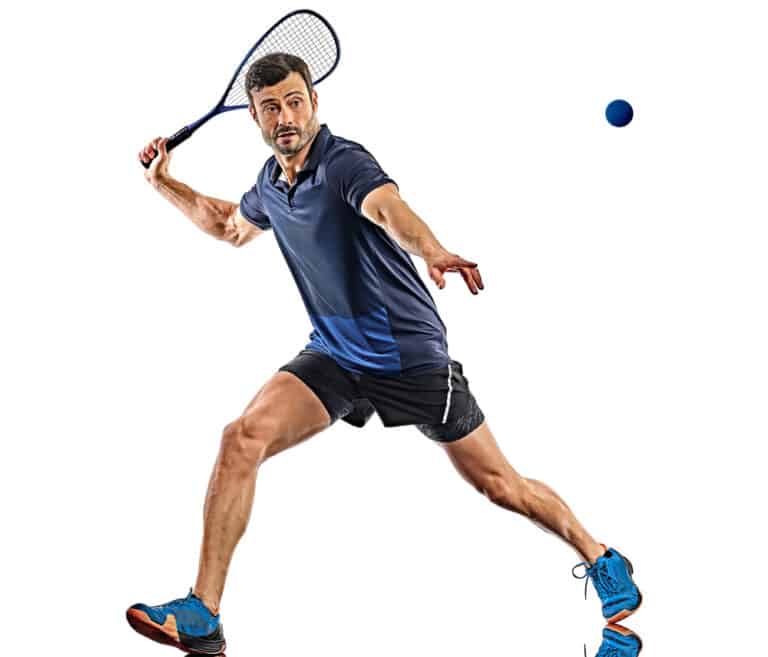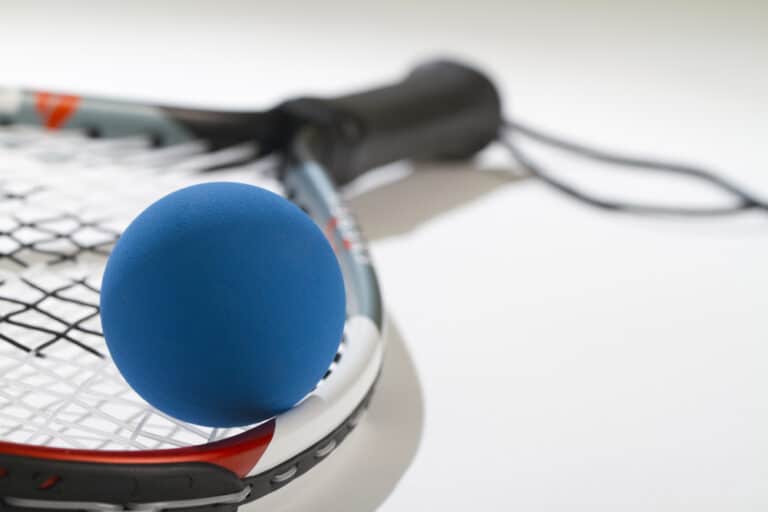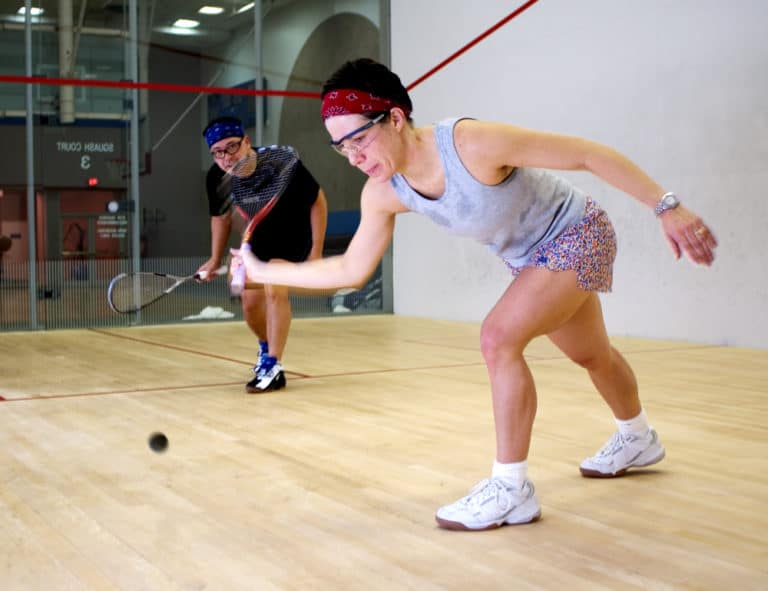Are You Allowed To Switch Hands In Squash?
Squash is a complicated sport, and the rules of the game can be very challenging to understand. Among the most commonly asked questions from new squash players is whether or not the rules of the sport permit players to switch hands during a match and if they are permitted to use both hands to hold the racquet.
You are allowed to switch hands in squash. You are also allowed to use both hands in squash. Players who learn to use both hands have an advantage over players who do not. Players who use both hands are able to achieve more powerful swings in close situations.
There are many rules in squash, and some of them are challenging to understand. Let’s explore the rules of squash that pertain to which hands should be used, switching hands, and using both hands to hold the racquet during a match, as well as what the professional players have to say on the matter.
Are You Allowed To Switch Hands In Squash?
Squash is an interesting, action-packed, fast-paced, high-intensity sport that only very few people internationally are very good at. This means that everyone who plays the game is always looking for some form of advantage in every match, and this leads some players to wonder if it is legal for them to switch hands during a match, especially if they can play with both hands.
The truth is that the rules of squash do not prohibit any players from switching hands during a match. There are no rules that state that switching your racquet between your hands while playing is illegal.
Regardless of what your opponent may say, it is perfectly legal for any player to switch hands during a squash match.
The only reason why this move is rarely seen in the sport is that the vast majority of squash players only use one hand to hold their racquet, as most players exclusively play with their dominant hand.
Using the dominant hand usually provides the best control and accuracy with the racquet, and very few players attempt to use their non-dominant hand for swings.
However, if a player is ambidextrous and has the ability to swing with both hands, there is nothing stopping them from doing so.
Switching hands can provide a significant advantage for players who know how to use this technique well and who can effectively swing with both hands.
This may seem like an unfair sporting advantage, but there is nothing stopping every squash player from learning to use their racquet with both hands to gain a competitive advantage, and there are no rules that state that players are prohibited from using this method.
Are You Allowed To Use Both Hands In Squash?
The way a player chooses to hold their racquet in a game of squash is a significant factor in how well they will perform in the match. This leads many to wonder if they are permitted to use both hands to hold the racquet or if they are only allowed to use one hand at a time.
The rules of squash do not dictate how a player should hold their racquet, only that the ball must be struck with a racquet. This means that if a player prefers to use both of their hands to hold their racquet, or if they choose to switch hands during a match, they are perfectly within the rules of the sport to do so without any repercussions.
Using both hands to wield a squash racquet is perfectly legal, and any play can use this technique at any time if they so choose. There are some advantages that can be gained by using both hands to strike a ball in certain situations.
This technique is not used very often by squash players, as it hinders mobility and significantly reduces reach, but if the situation arises where using both hands is a good option, any player is allowed to do so if they choose to.
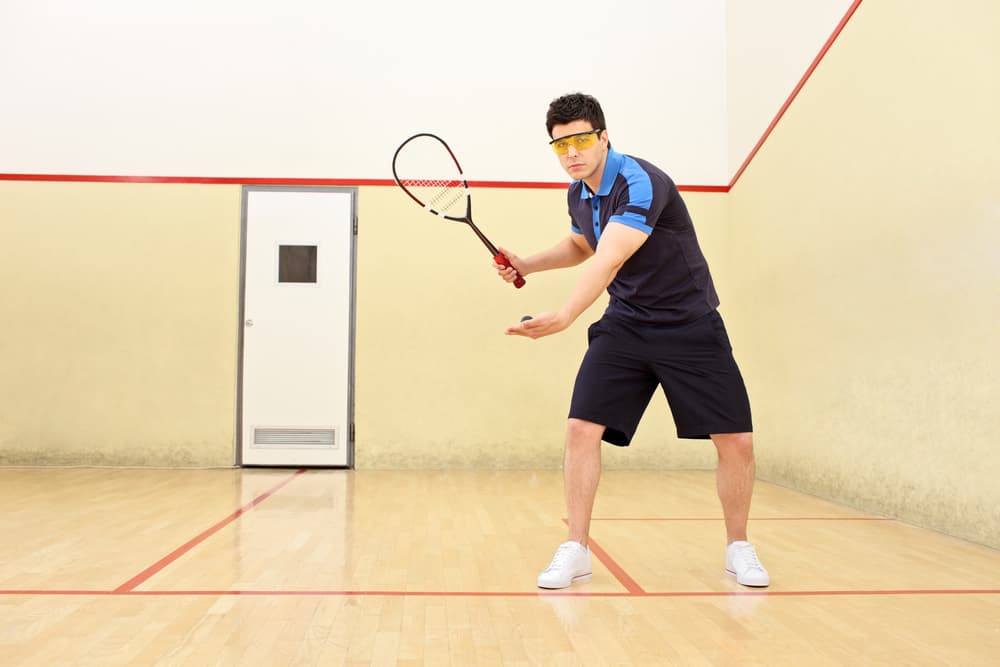
Is It Good To Switch Or Use Both Hands In Squash?
Now that we have established that using both hands and switching hands is perfectly legal according to the rules of squash let’s explore some of the reasons why some players may use these methods and playing techniques.
There are several reasons why squash players may want to use both hands to wield their racquet or even switch hands during a match.
Switching hands while playing can offer distinct advantages such as improved reach, better strikes, more mobility and agility on the court, and the ability to change the trajectory of the ball in a way that the opposing player may not expect.
A player who is able to play effectively with both hands is dangerous to their opponents who do not possess this skill, as these players are very difficult to catch off guard, and they can hit a ball that comes to them at any angle, regardless of where it is on the court.
Players who exclusively use one hand are at a disadvantage over players who switch hands, as they may not be able to easily reach balls that come from inopportune angles, and they are not able to surprise their opponent as easily.
Therefore, it is a good idea for all squash players to learn to use their racquets with both hands, as it can improve their ability to play overall.
Using both hands is not a common technique used by any squash players, but it is a good tool to have if you need it.
In close situations, when a player cannot really on the power from their backswing, using both hands to strike the ball is the best way to add more power to a swing. This can be a way to surprise opposing players and can be a way to stay well in the game even when the situation is unfavorable.
Do Professional Squash Players Switch Hands?
There are several professional squash players who have developed the ability to use both hands and switch hands while playing. These players are typically ambidextrous and have specifically practiced these skills.
The players who are able to use these abilities well usually dominate their opponents who have not learned these skills at all.
Conclusion
At the end of it, squash players are permitted to switch hands while applying, and they are allowed to use both hands to strike the ball as well. There are no rules against using these techniques, and the players who master them become better overall squash players.
All squash players are permitted to use these techniques at any time, even if they seem to be an unfair advantage. All players should learn to use both hands to be as effective as possible on the squash court.

